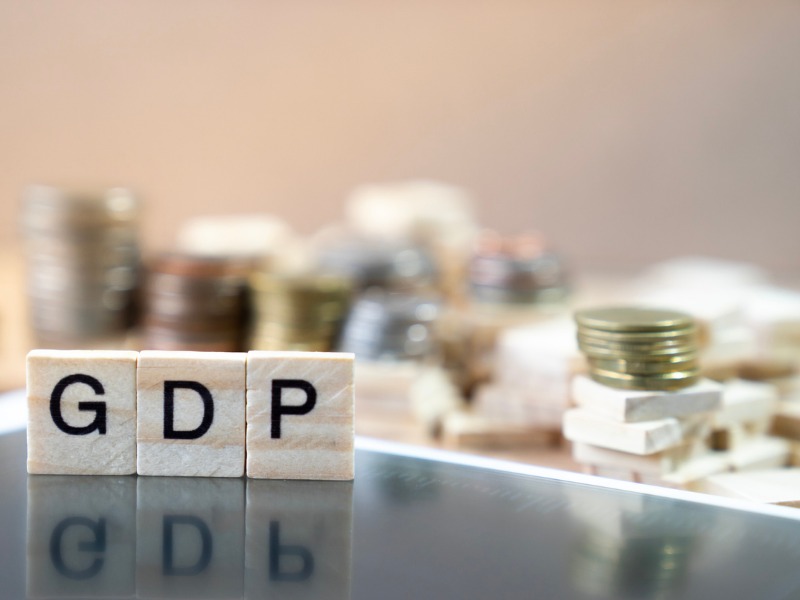
The Canadian economy will continue to grow — but at a very slow pace — in the first quarter of 2023, the Canadian Federation for Independent Business (CFIB) predicts in a new report.
Economic forecasts published in the CFIB’s Main Street Quarterly on Thursday found that total GDP grew by 1.2% in Q4 2022, dampened by low business sentiment regarding the next 12 months. The slowdown should continue into this year, with a growth rate of 0.6% in Q1 2023, while inflation should gradually recede on a year-over-year basis, reaching 5.7% (5.0% excluding food and energy) in Q1 2023, the report said.
“We forecast that the economy has been on a slowdown last quarter and should continue on that path this quarter, without however contracting, which should make a recession avoidable,” CFIB chief economist and vice-president of research Simon Gaudreault said in a release.
Regarding Canada’s workforce, the national private sector job vacancy rate declined slightly in the fourth quarter, to 4.8%, from 4.9% in Q3 2022. Quebec, British Columbia and Saskatchewan saw slight declines, while Prince Edward Island and New Brunswick showed the largest quarterly increases, with 6.1% and 5.6% vacancy rates, respectively.
Businesses in the personal services, construction and hospitality sectors were the most affected by labour shortages with vacancy rates of 7.5%, 6.6.% and 6.1%, respectively.
In December, the Canadian economy added 104,000 jobs, showing no signs of a slowdown.
“It’s too early to tell whether the labour market is at a turning point as we continue to hear from employers how tough it is to hire and retain workers these days,” said Andreea Bourgeois, director of economics with CFIB, in the release.
Small and medium-sized (SME) investment has also slightly recovered, but is still below pre-pandemic levels, with almost half (48%) of businesses investing, CFIB said, adding businesses that are in good shape and are optimistic about their future are about three times as likely to invest than businesses currently in poor shape and expect weaker performance in the future.
“This data indicates businesses are willing to invest in technological solutions to help them deal with historically high vacancy rates, but it’s hard for them to do so in a state of uncertainty, high inflation and high interest rates,” Gaudreault said.